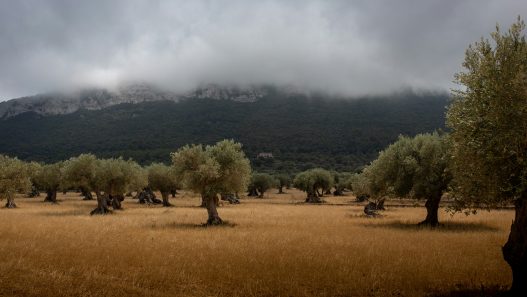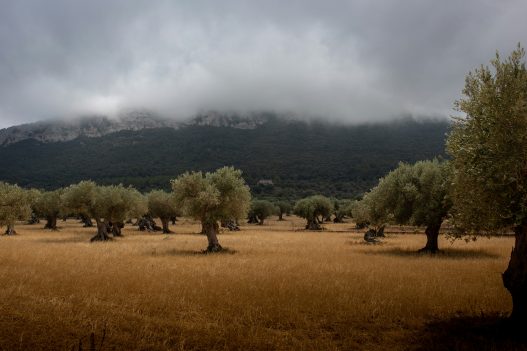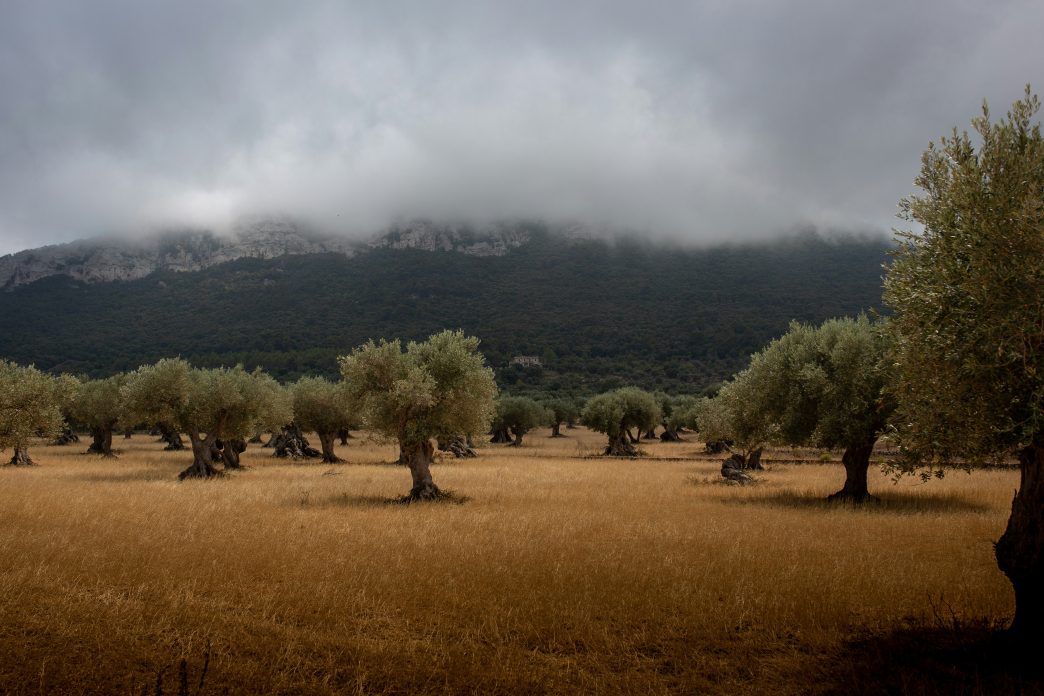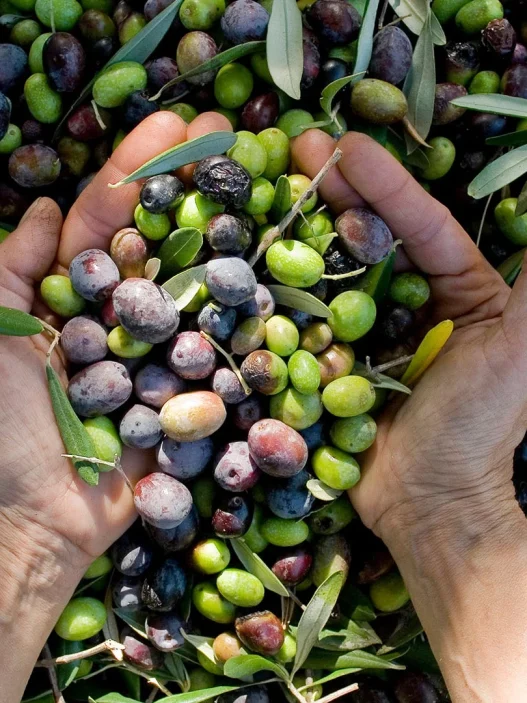A Glimpse into Tomorrow
Close your eyes and picture a sunlit grove somewhere along the Mediterranean. Ancient olive trees stand against a changing sky—symbols of continuity amid evolving weather patterns and shifting markets. Olive oil, once a humble staple, is transforming: it’s becoming a climate bellwether, a global economic driver, and a marker of sustainability.
1. Price Volatility: The Market Weather Report
The recent years have seen dramatic price swings. Between drought-induced shortages and record highs, olive oil prices made headlines—and wallets winced. But early 2025 brought a cautious optimism: Spain’s production rebounded sharply, helping prices ease toward more sustainable levels.Reuters
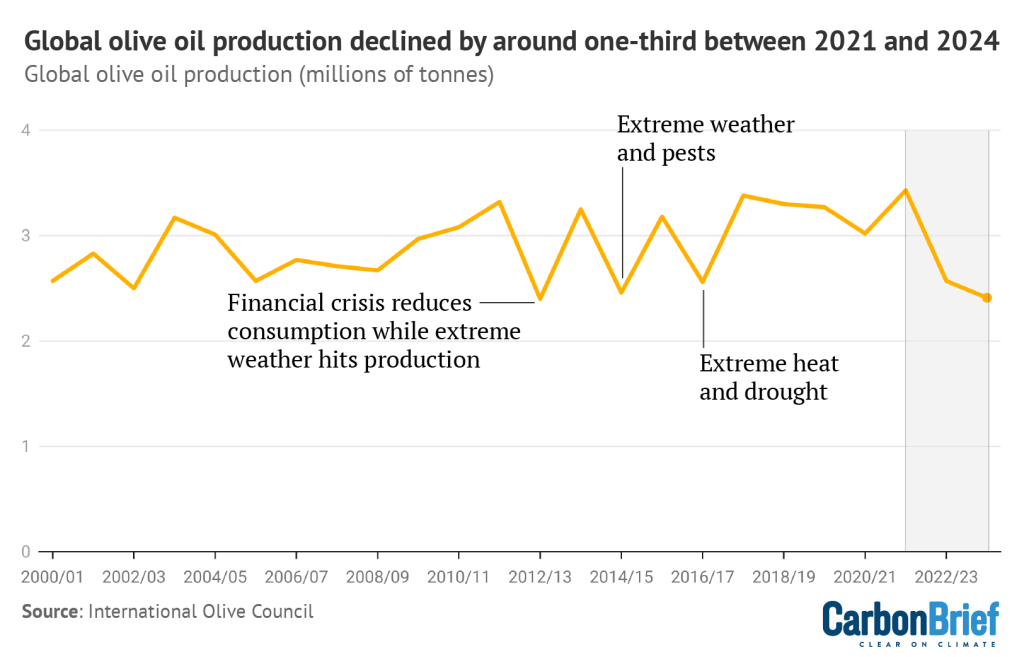
According to a June 2025 market snapshot, prices are stabilizing, having returned to levels similar to the 2021/22 season. Still, producers face tight margins and growing frustration.Certified Origins
The European Union also reported a steep 26% year-on-year drop in the Harmonised Price Index for olive oil in May 2025—further evidence that the price crunch may be loosening its grip.International Olive Council
2. Climate Crisis: Peril and Resilience in the Grove

Climate change isn’t a distant threat—it’s here. Heatwaves, droughts, and shifting precipitation have taken a toll on major producing countries, especially in southern Europe. The knock-on effect? Shrinking harvests and soaring prices.Financial TimesGuardian
Yet, science and innovation are offering hope. New analyses suggest that with sustainable land management, up to 88% of olive trees on Turkey’s Aegean Coast could survive through 2050. Without action, we risk losing over half of them.
Even more surprising: olive cultivation is moving north. In Hungary, olive trees are now thriving near Lake Balaton—proof that changing microclimates can reshape agricultural possibilities.Reuters
3. Emerging Producers: A More Diverse Olive World
A broader set of players is stepping into the scene. Beyond Spain, Italy, and Greece, regions like Tunisia, Turkey, California, Australia, and Chile are growing their profiles—bringing new supply and resilience to the global olive oil market.
This diversification means markets can better absorb shocks and adapt to environmental and economic shifts—a fortifying trend in uncertain times.
4. Demand & Growth Projections: The Road Ahead
The olive oil industry isn’t just weathering the storm—it’s growing.
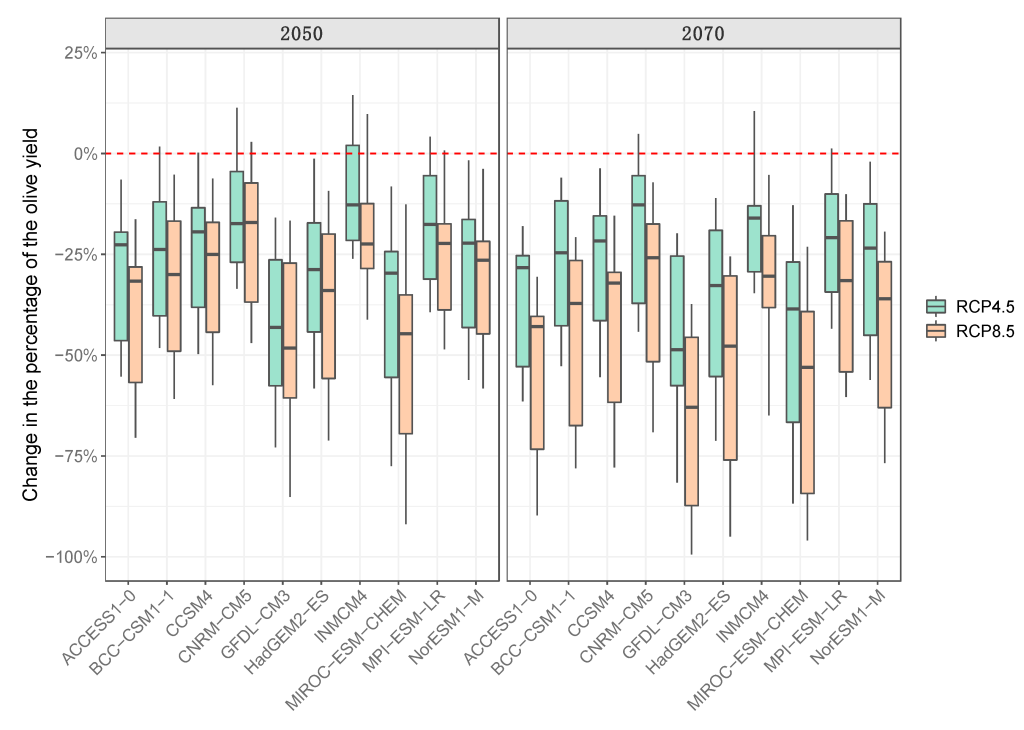
- The market is projected to climb from $20.3 billion in 2025 to $30.6 billion by 2032, with a healthy CAGR of 6.04%. Europe remains the largest segment.Fortune Business Insights
- Another forecast sees a rise from $12.9 billion in 2024 to $16.98 billion by 2029, buoyed by rising health consciousness, culinary tourism, and sustainability trends.The Business Research Company
- In the U.S., the olive oil market is expected to grow from $2.99 billion in 2024 to over $6 billion by 2033.Yahoo Finansrenub.com
5. A Balanced Perspective: Risks, Policies & Opportunities
Even as production estimates for 2024/25 predict a 32% increase globally, we’re reminded that climate and economic volatility remain ever-present.International Olive Council
Robust trade systems helped stabilize the market—even amid soaring prices and drought—highlighting how global resilience and policy play powerful roles in maintaining stability.Financial Times
Conclusion: More Than Just Oil—It’s a Horizon
Olive oil’s future is woven from threads of agriculture, economics, climate science, and culture. From price fluctuations to new-growing regions, the landscape is shifting—and so must our understanding.
The promise lies in innovation and diversity—new regions, smarter methods, and responsible consumption. Olive oil’s golden future may depend on how well we adapt now.








